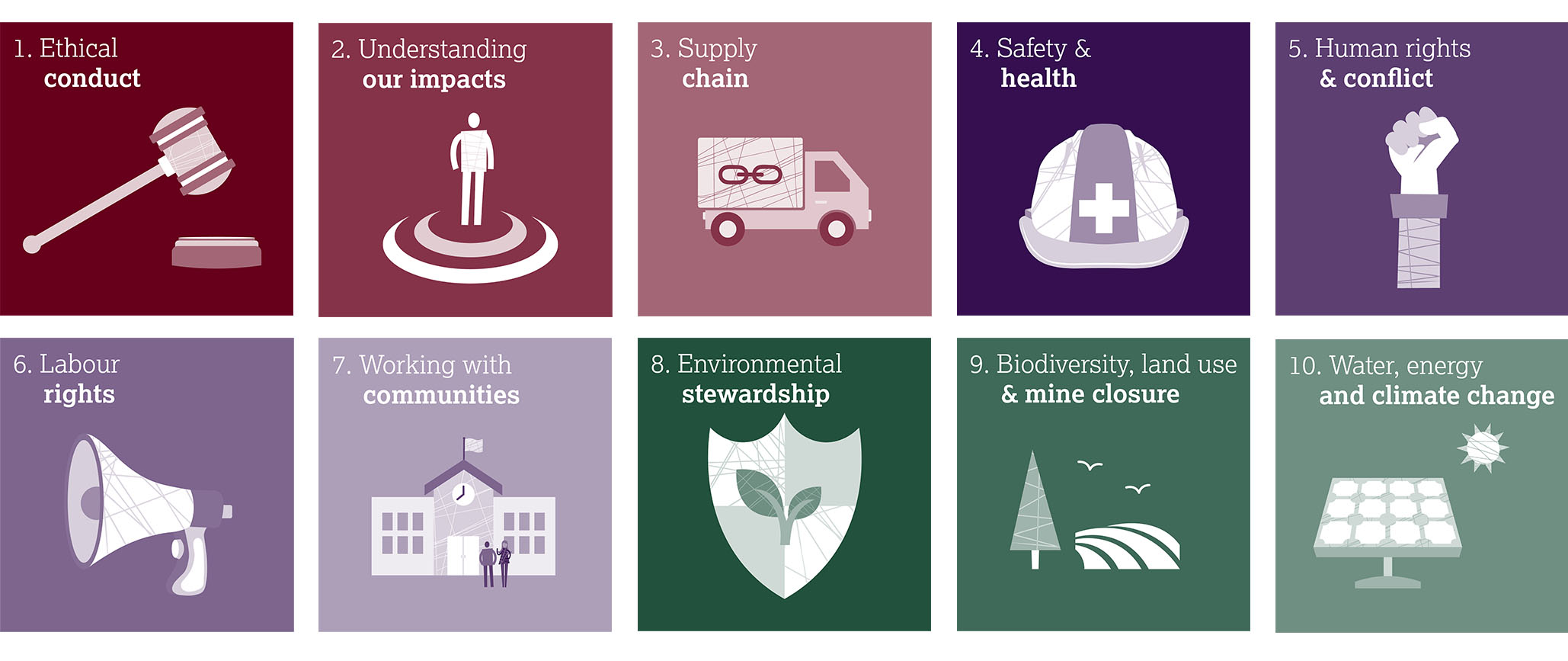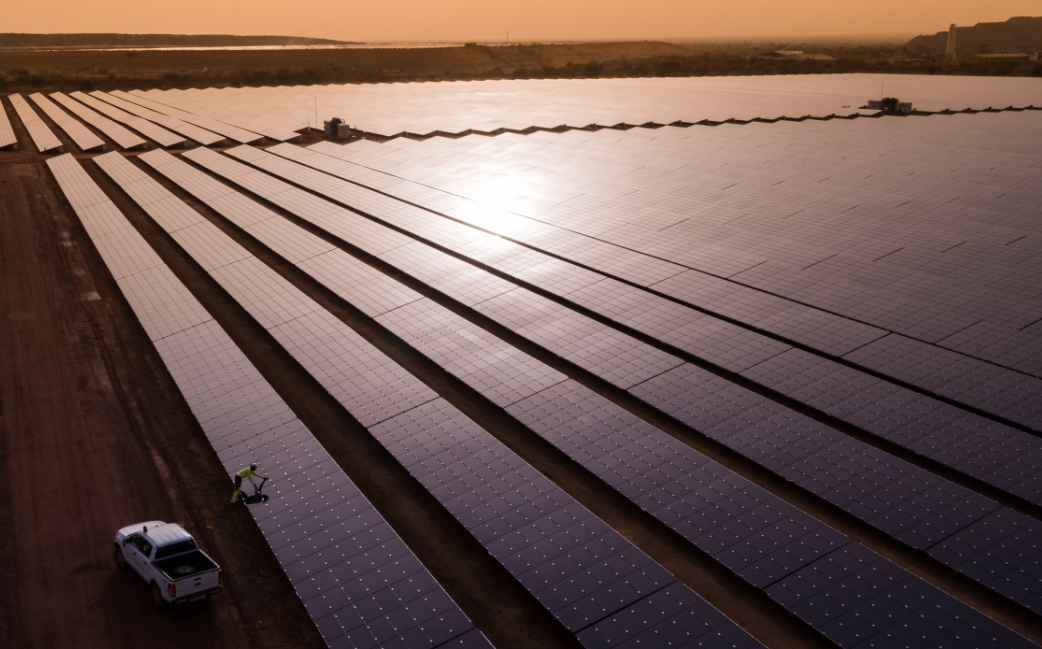Environmental, social and governance (ESG) issues are increasingly finding their way on the radar of internal and external stakeholders. ESG can be transformative for many industries, especially for those that have a significant direct impact on all three areas of ESG as the mining and metals sector does.
Having a license to operate held its top position in the annual EY Top 10 business risks facing mining and metals ranking this year. Shareholders and investors are driving many mining companies to reshape their portfolios, review supply chain and lower their carbon footprint. ESG is increasingly seen as a source of value creation, putting companies under pressure to invest in proper processes, measurement and reporting to address concerns and comply with regulations.
As the sector struggles to access new sources of investor capital to transition back to a growth agenda, companies need to look at how to effectively and efficiently manage ESG outcomes.
Assurance for full transparency
While the industry has sometimes faced criticism for its impact on the environment and local communities around mine sites, many companies already have programs in place to track, mitigate and report on ESG. And now, with the World Gold Council’s Responsible Gold Mining Principles (RGMPs), a more comprehensive framework exists to help align gold mining companies around material ESG issues.
One of the central elements that makes the RGMPs impactful is the fact that companies are required to obtain third-party assurance that they’re compliant. An assurance provider supports the company on its ESG journey, providing validation and accountability.
The assurance process isn’t just a checkbox exercise. It’s a thorough assessment to see where the company is meeting its obligations and where there are gaps or issues. Companies need to see where they are and what they might need to do. The assessment validates what the company is doing that’s complete and that its claims of compliance are accurate. And it’s not just assessment at mine sites — it’s a review at the corporate level as well. This thorough transparency gives greater comfort to the company’s stakeholders and prospective investors that it’s committed to compliance with the principles.
Addressing climate change-related risks
Climate change is a concern for many industries — and gold mining companies are no exception. Responsible gold mining companies are looking to reduce their carbon footprint by improving their energy efficiency and transitioning to lower-carbon energy sources where possible. While initiatives vary in terms of type and scope, they show that the industry is committed to positive change.
For gold mining operations, most of the emissions are at the upstream end of production, whereas downstream emissions are relatively small. There could be a path to zero net emissions. In fact, it’s widely believed the industry could conceivably decarbonise by 2050. The question for gold mining companies isn’t how much they’re emitting today, but what’s their path to full decarbonisation?
Gold mining companies could adapt to climate change relatively quickly. If the rise in temperatures isn’t constrained over the long term and we see more extreme weather events, that could mean significant repricing of different asset classes, a scenario in which gold may come out robustly.
Looking ahead
Investors, regulators and customers recognise that for most gold mining companies, compliance with the Principles represents an evolution, not a destination. They understand companies are on a journey of enhancing their ESG initiatives. They don’t expect perfection right away. Mining companies need to demonstrate that they’re committed to taking the necessary measures to comply with the RGMPs to give stakeholders confidence that they will get there.
If embraced and successfully implemented, the principles could become leading practice for companies across the mining sector and beyond.
Jeff Swinoga is the EY Canada Mining & Metals Co-Leader. He’s based in Toronto. Thibaut Millet is the EY Canada Climate Change & Sustainability Services Leader. He is based in Montréal. For more information, visit ey.com/ca/mining.


